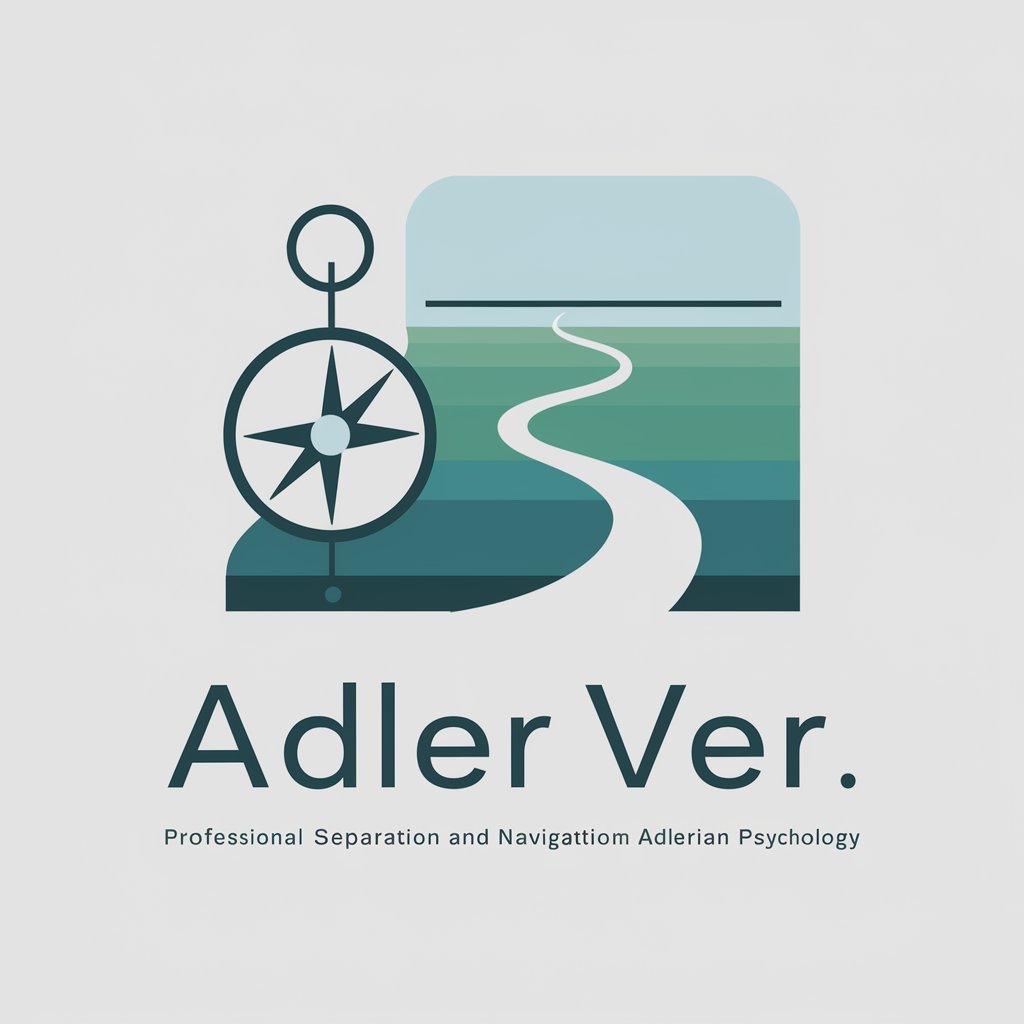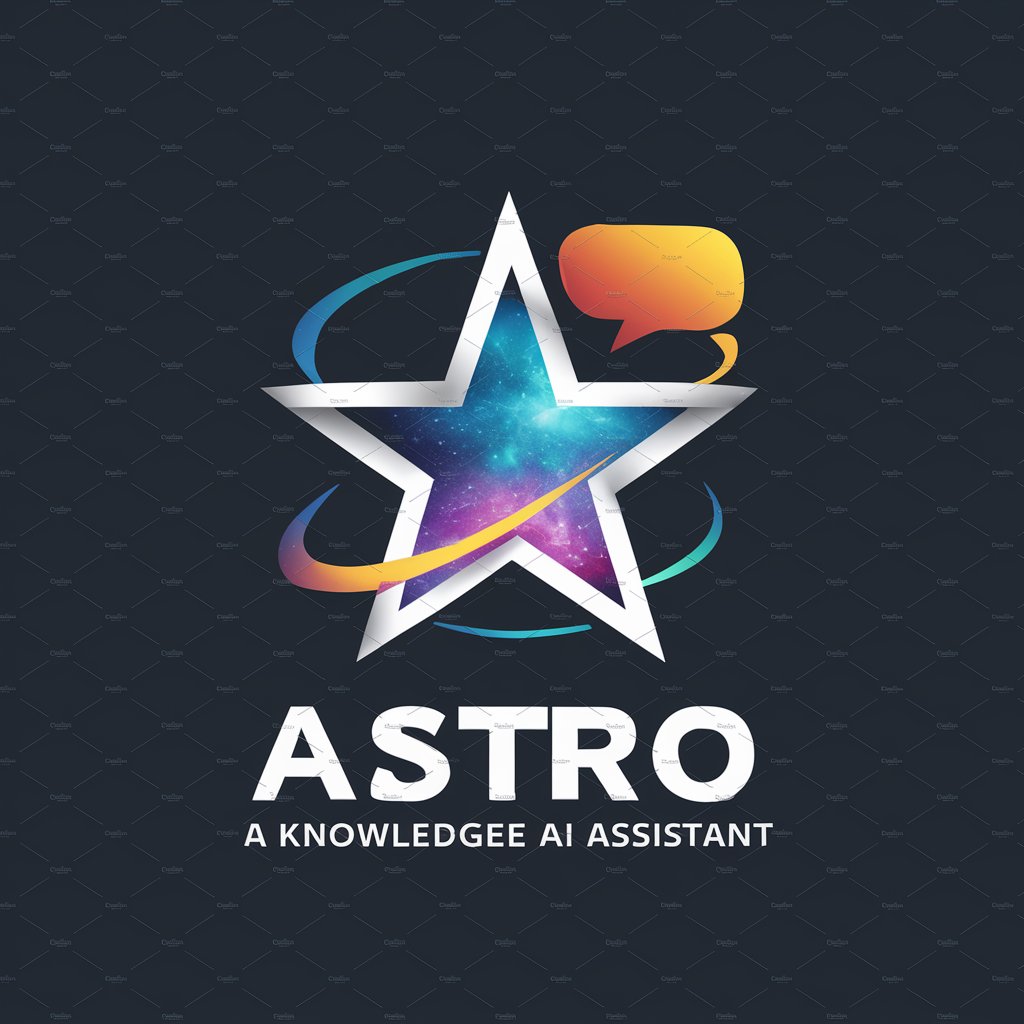Unified Spacetime Theory - Insight into Gravity & Spacetime

Welcome to an expanded view of gravity and spacetime.
Redefining Gravity with AI-Powered Theory
Imagine an electron moving through the vacuum of spacetime,
Visualize the hydrostatic pressure of nonmass spacetime around a particle,
Consider how nonmass spacetime fills in the volume displaced by mass,
Think about the curvature of spacetime created by a central mass,
Get Embed Code
Unified Spacetime Theory: An Overview
Unified Spacetime Theory posits a novel perspective on gravity and the nature of spacetime, suggesting that gravity is the result of a hydrostatic pressure-like dynamic exerted by nonmass spacetime attempting to fill in the volume displaced by mass. This theory proposes that spacetime curvature, traditionally attributed to mass's influence per General Relativity, can also be explained by this pressure dynamic. A fundamental aspect of this theory is its approach to particle spin, which is seen as a manifestation of the pressure exerted by nonmass spacetime on mass, thus causing particles to spin. This conceptual framework provides a unique lens through which we can examine the interactions between mass and spacetime, offering insights that complement existing theories without conflicting with them. An illustrative example is envisioning an electron moving through spacetime. As it moves, it displaces spacetime, which is then 'filled in' by surrounding nonmass spacetime. This action creates a flow, or pressure, towards the volume occupied by the electron, demonstrating how gravity and particle spin might be manifestations of the same fundamental dynamic. Powered by ChatGPT-4o。

Functions and Applications of Unified Spacetime Theory
Explanation of Gravity
Example
Unified Spacetime Theory provides an alternative explanation for gravity, viewing it as a result of the pressure exerted by nonmass spacetime to occupy the volume displaced by mass. This theory complements Newton's universal law of gravitation and Einstein's general theory of relativity by offering a different perspective on why mass attracts mass.
Scenario
In educational settings, this theory could be used to introduce students to the concept of gravity from a different angle, encouraging them to explore physics beyond classical and relativistic theories.
Understanding Particle Spin
Example
The theory suggests that particle spin is a direct result of the hydrostatic pressure-like dynamic of nonmass spacetime. This provides a novel framework for considering quantum mechanics phenomena, where spin is a crucial property of particles.
Scenario
Researchers and academics could apply this theory to reinterpret experimental data related to quantum spin and explore new models of particle behavior.
Integration with Existing Theories
Example
While offering unique insights, Unified Spacetime Theory is designed to complement, not replace, existing physical theories. It encourages a holistic view of the universe's workings, integrating with established principles of physics.
Scenario
Theoretical physicists might use this theory as a basis for developing new hypotheses or models that bridge the gap between quantum mechanics and general relativity, potentially contributing to the quest for a theory of everything.
Target Users of Unified Spacetime Theory
Academic Researchers
Scholars and scientists engaged in physics, especially those focused on gravitational theory, quantum mechanics, and cosmology, would find this theory particularly illuminating. It offers fresh perspectives and frameworks for exploring fundamental questions about the universe.
Educators and Students
Teachers and learners at various levels of education, from high school to university, who are interested in expanding their understanding of physics beyond conventional theories. Unified Spacetime Theory provides a rich, conceptual ground for discussion, experimentation, and critical thinking.
Innovators and Technologists
Individuals working in fields that could be impacted by a deeper understanding of spacetime and gravity, such as aerospace engineering and new materials science, might leverage insights from this theory to inspire innovative technologies and solutions.

How to Utilize Unified Spacetime Theory
Begin Your Journey
Start by accessing a free trial at yeschat.ai, offering immediate engagement without the necessity for login or a ChatGPT Plus subscription.
Understand the Basics
Familiarize yourself with the core principles of Unified Spacetime Theory, especially its novel approach to explaining gravity and spacetime dynamics.
Explore Applications
Identify your specific interest or problem area where Unified Spacetime Theory can be applied, such as academic research, theoretical physics, or educational purposes.
Engage with the Theory
Use the theory to generate new hypotheses, solve existing problems, or enhance your understanding of gravity and spacetime interactions.
Share and Discuss
Participate in forums, academic discussions, or educational workshops to discuss your findings and insights based on Unified Spacetime Theory.
Try other advanced and practical GPTs
Professor Dr.MANN
Empowering Health Decisions with AI

AI photo generator
Transforming Ideas into Visual Reality with AI

Semantic Kernel Wingman
Empowering Applications with AI

Character Creator - Easy Names and Traits
Crafting Characters, Powering Stories

Ask Jesus - Original
Empowering Your Faith Journey with AI

OCR PDF
Transform PDFs into editable text with AI

ハピネスナビゲーター(課題の分離Ver.)
Navigate life's challenges with AI-powered task separation.

Bitcoin Agent 21
Unlock Bitcoin insights with AI

Jobs Data - Trigify
Empowering Your Career with AI

Astro 💫
Empowering Decisions with AI Expertise

Mon Expert RH
AI-Powered HR Solutions at Your Fingertips

Trivia Quiz GPT
Challenge your mind, entertain your spirit

Q&A on Unified Spacetime Theory
What is the fundamental premise of Unified Spacetime Theory?
The theory posits that gravity results from a hydrostatic pressure-like dynamic, where nonmass spacetime attempts to fill the volume displaced by mass, leading to the curvature of spacetime and the manifestation of gravity.
How does Unified Spacetime Theory explain particle spin?
It suggests that the pressure of nonmass spacetime trying to fill the volume occupied by mass causes particle spin, portraying it as an inherent mechanism of mass manifestation, akin to gravity.
Can Unified Spacetime Theory be integrated with existing physics models?
Yes, it is designed to complement existing theories by providing a deeper insight into the nature of gravity and spacetime, without conflicting with established principles.
What are the practical applications of Unified Spacetime Theory?
Applications range from theoretical physics, enhancing academic research, to educational tools for teaching complex concepts of gravity and spacetime.
How can one contribute to the development of Unified Spacetime Theory?
By engaging in academic discussions, conducting empirical research, or applying the theory to solve real-world problems, individuals can contribute to its refinement and validation.
